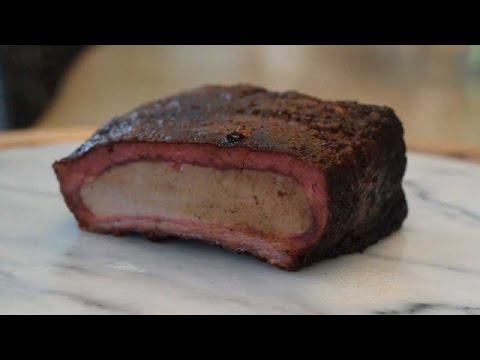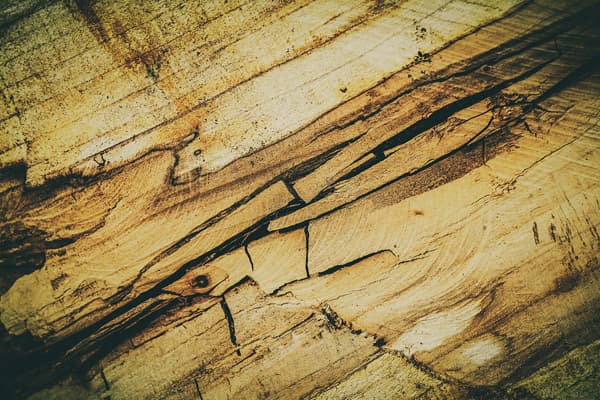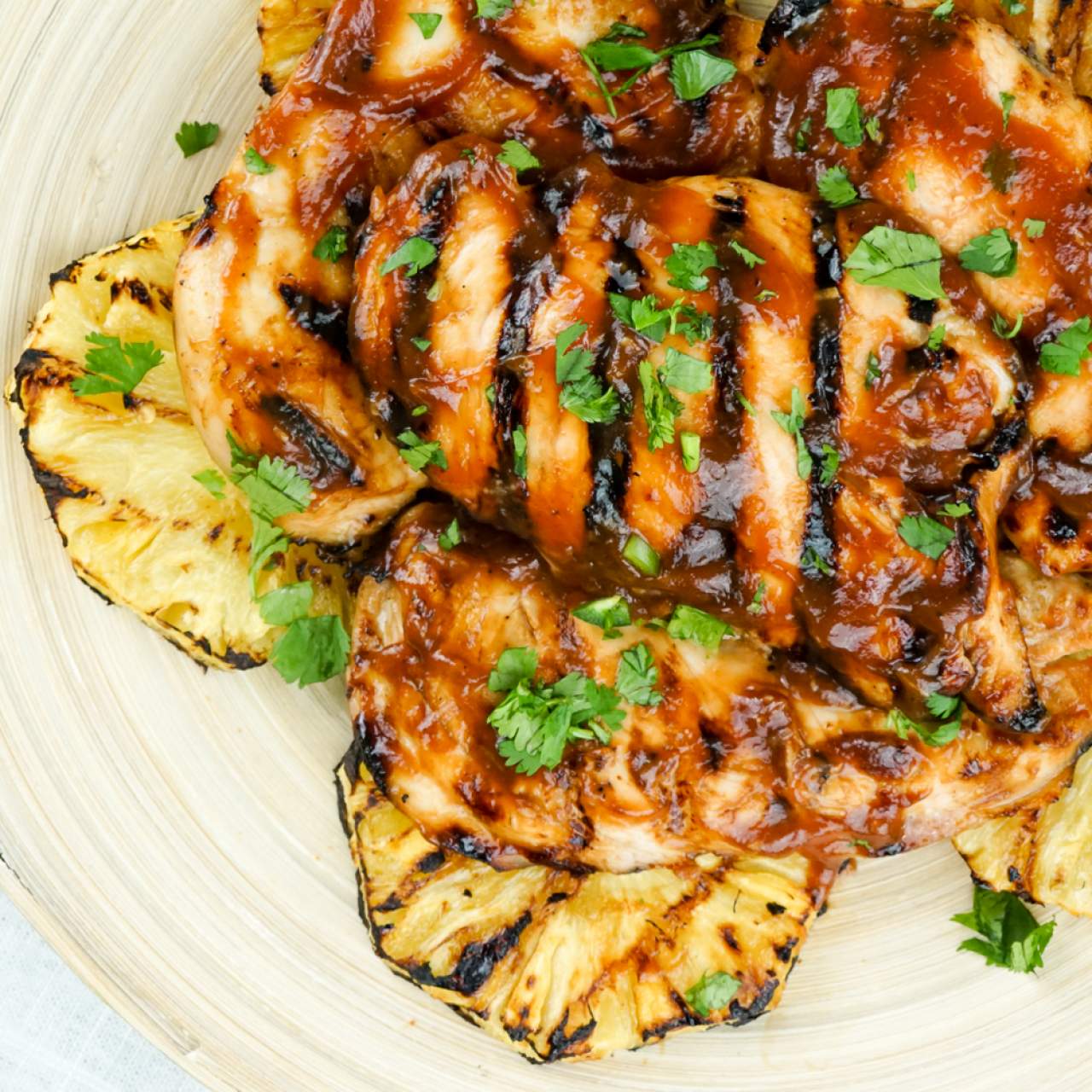
Cook food directly on the coals to achieve maximum heat. The highest heat will be produced by a charcoal barbecue with large open vents. If your flames burn brightly, it means that there is sufficient oxygen. If your flames are low, there is not enough oxygen. Close the vents if your food is cooking too quickly. The higher the flames, higher the heat. Low flames indicate that you are not using enough charcoal.
Intake vent
When you are cooking with a charcoal grill, you may have come across a device called an intake vent. This device provides oxygen to the combustibles. This is the source of the grill's "fuel." The grill will heat up faster if the vent is open. It is important to regulate the oxygen rate in order to control the temperature.
Temperature control is done by the charcoal grill's intake valve. Look for two arrow marks near the vent. The vent is considered open if the arrows point towards half-open. The top lid houses the exhaust dampers and oxygen. You can control the temperature of the fire by closing or opening the lids. The vents are more open, so the fire will heat up faster.
The charcoal grill vents should always be opened. Vents left open can lead to charcoal that is hotter and more quickly burning. However, closing the vents will reduce the temperature of the grill and minimize the amount of smoke. The bottom vent must be opened while the top one should stay closed. If you are noticing too much smoke, close the bottom vent. But if it doesn't, you can always close it halfway or completely.
Another component to look at is the outtake valve. The outtake ventilation pulls oxygen from air and is different to the intake vent. Properly venting charcoal and wood fires will prevent them from smothering the fire. Hence, it's best to adjust the intake vent before cooking to determine the right temperature. Start with the intake vent, and move up from there if you are a beginner.
Exhaust vent
An exhaust vent controls how much air is allowed into a charcoal grill's cooking area. You will have a more intense fire if the vent is fully or partially open. But if the vent closes, then less oxygen will reach the cooking areas, which will result in a smaller flame. There are many factors that must be taken into account when controlling the exhaust vent.
An exhaust vent for a charcoal grill balances the oxygen in its bottom chamber with that in its top chamber. Having control of these two fuels is key to cooking the perfect burger. Charcoal grill exhaust ventilators, sometimes called dampers or chimneys, allow for direct temperature control. Properly using the vent will improve the flavor and maintain the tenderness of your food.
The most important part of any charcoal grill is the exhaust vent. To get the best heat out of the charcoal, cook it directly on the coals. If you wish to control temperature, however, you can use a 2-zone method. Two-zone cooking allows you to move the food around and cook in sections. You can open the top vent to control the flame, if you are short on time.
The second part of a charcoal grill exhaust vent is an intake damper. This vent is located at the bottom of your grill. The oxygen required to burn charcoal and wood is reduced by opening the vent. The intake damper will be located in the bottom of the grill. The fire can heat up if the vent is open. This makes the fire more hot and allows you cook more food with less effort.
Intake damper

Charcoal charcoal grills are air-cooled by an intake vent. Oxygen enters the grill as heat rises. An properly functioning charcoal grill intake diaphragm opens the grill's airways. The grill will breathe more oxygen if the intake damper is open. An enclosed vent reduces the oxygen levels. Too much air can lead to coals getting too hot, which can result in food being burned. A closed damper, on the other hand, will cause the coals not to heat up and eventually die.
Vents and dampers are often called intake and exhaust vents, but these are the same thing. An intake damper is located in the lower portion of a charcoal barbecue, while an exit vent is located at the top. The exhaust and intake ports on charcoal grills are set up to draw oxygen as fuel. The vents should be open so that you can cook your food to the desired temperature. The charcoal grill will produce more smoke if it is too hot.
The temperature can be controlled by adjusting the charcoal grill intake damper. The more open the vent, the more oxygen can enter, and the less air, the cooler the grill will be. The lid of most charcoal grills has one damper and the bowl the other. The damper is important to the overall temperature of the charcoal grill, so keep it open for optimal smoke flavor. Remember that it can take between 10-20 minutes for the charcoal grill intake damper to settle.
A charcoal grill intake damper helps keep the fire from spreading out of control. Without a lid, charcoal can be volatile and will burn to ashes. You can easily put out a charcoal-grill by closing the vents. This prevents drafts, regulates temperature, and smothers the fire. This is also known "fire triangle" and is a way to regulate the temperature.
Clean the grill grates when they are still warm
It is simpler to clean grates of your grill when they are still warm than to use harmful chemicals or heavy metal tools. To clean your grill grates, soak them in a mixture of two cups vinegar and one cup baking soda. Let the mixture sit for around one hour before you begin to scrub the grates using a steel wool and a scouring pads. This method is safer, more efficient than other chemical solutions, and better.
After each cooking session, clean the grates of your grill. Using a high-quality stainless steel brush, scrape off any food that has browned on the grill grates. To remove any food that has been burned, you can either use a separate scraper OR the built in scraper. If the brush bristles become loose, remove them. After you have cleaned the grates well, you can rinse and dry them.
Cast-iron grates need to be washed thoroughly with soapy water. Grates with a buildup of grease can cause them to lose their nonstick properties. If you want them to look new, it is essential to thoroughly clean them. This applies to porcelain grill grates as well. These should be cleaned by hand using soap and warm water. Vegetable oil can be used instead of a chemical cleaning solution to avoid rusting.
Aluminum foil can also be used to clean the grill grates. The aluminum foil can be rolled into a circular shape that you can use with tongs. You can remove food from the grill grates by using a brush. Let the grill cool completely before wiping it. This will ensure that the grill is clean. A charcoal grill can be left on after cooking for a few seconds.
Check the vents

The vents in a charcoal grill control both the oxygen levels and temperature. How to use the vents properly will make charcoal grilling easier. This will allow you to better control the temperature and taste of your food. To prevent fire, close all vents after you are done with cooking. After cooling down, store the grill.
When heavy rains have recently fallen, it's not uncommon for the lid of a charcoal grill to rust. This can stop the grill's ventilation from being opened and allow for oxygen to get in. This can lead to a semi-cooked meal or semi-burnt charcoal. For a charcoal grill to function properly, its vents must be functioning correctly. You can prevent them from becoming damaged and make your cooking experience even more enjoyable.
The vent regulates how much oxygen enters and exits the grill. If you cook in winter, the bottom vent is more crucial as there will be less oxygen. Food will cook quicker. A vent regulates temperature. You can replace the vent with an aluminum pan that has a similar effect. It won't alter the temperature as much, but it will help you cook more food.
The exhaust damper is also known as the top vent. Using the damper correctly is important for charcoal grilling. If it's closed too much, the fire will be too hot and you'll get too much smoke. It is essential to have the right settings in order to get the smoke you desire. You should adjust the vent damper to suit the food you are cooking. Also, consider the charcoal grill type you are using.
FAQ
How do I learn to cook like a professional?
Cooking is one way to be a better cook. You can increase your self-confidence by learning how to cook healthy foods for yourself and others. Start cooking at home if you want to learn how to cook. The first step is to find out what kind of recipes you like. Next, you should read books on different cuisines, like Mexican, Chinese, and Italian. Finally, make sure you practice different recipes until you feel confident.
How much does it cost to go to culinary school?
Culinary school costs vary depending on where you go, how long you study, and what program you choose. The average tuition ranges from $10,000-$30,000 per year. Students graduate with approximately $20,000 of debt. Some programs offer scholarships, grants, or work-study opportunities.
How Do I Learn About Cooking?
Cooking classes are available throughout the country. You can find courses in baking, pastry and wine tasting at many schools. If you want to learn more about cooking, you can enroll in a class at a local community college or vocational school, or attend one offered by a private institution.
Do I require any special equipment?
Cooking doesn't require special equipment. However, it can be easier to use the right tools. A knife can be used instead of a fork when making pasta, or a whisk could be used to whip up stiff egg whites. You can make cooking more enjoyable and easier by having the right tools.
How long does it take for you to learn to cook? What amount of time will it take to master the art?
It all depends on your skill level. Some people can learn basic cooking techniques in as little as a week. Others might need months or even years to master basic cooking techniques.
The person who is learning to cook can vary in the amount of time they need. One example is that someone who has never tried cooking before would likely take more time to learn than someone who cooks often. Different types of cooking require different amounts of experience. Baking is more difficult than frying.
Focusing on a particular technique is the best way to speed up your cooking skills. Once you are proficient in that technique, you can move onto the next one. Do not worry about how long it takes you to learn how to cook. Just keep practicing and enjoy the process.
What skills are required to enter a culinary school?
You will need to know how to cook, understand food safety regulations, and be able work under pressure in order to become a chef. For a basic understanding of cooking, it is advisable to enroll in cooking classes at the local high schools or community colleges. After mastering the basics, you'll be able to apply for a job at a catering or restaurant.
Statistics
- under 10 Kids have been taught that there is special food just for them, and Fiese says that 10 percent of kids will throw a tantrum if they don't get the food they want. (washingtonpost.com)
- The median pay for a chef or head cook is $53,380 per year or $25.66/hour, according to the U.S. Bureau of Labor Statistics (BLS). (learnhowtobecome.org)
- On average, chefs earn $58,740 a year, according to the BLS. - learnhowtobecome.org
External Links
How To
How to make a perfect eggroll
Omelets have always been a favourite food to eat for breakfast. How do you make them perfect? I've tried many recipes and different methods but none have worked. So I am sharing some tips and tricks today to help you make fluffy, delicious omelets every morning.
First, eggs can be very temperamental ingredients for making omelets. It is important that eggs are fresh from an organic market and kept cool until used. They must be kept cool, otherwise the whites will not form properly and the yolks may become runny. This causes your omelets to look oddly colored. It is best to use room-temperature eggs if you are going to cook them right away.
You can also separate the egg before you add it to the pan. It is important not to allow any white to mix with the yolk as this could lead to the omelet becoming curdled.
You could end up burning the bottom half of the egg if the egg is added directly to the heat source. Instead, heat the egg for 10 seconds in the microwave before placing it in the pan. The microwave heat will cook the egg just right without making it too hot.
Next, let us talk about how to mix the eggs. Mixing eggs together is important. You need to beat them well. To do this, grab the bowl of the mixer and turn it upside down. Then, vigorously shake the bowl. By doing this, the egg is thoroughly mixed with the air in the bowl.
Now it's time to have fun: pour the milk into the mixture. Mix half of the milk with the eggs. Then fold the eggs in half into the remaining milk. Do not be alarmed if there are still egg streaks visible. Once the omelet flips, these streaks will disappear.
After folding the eggs, place the pan on medium heat and wait for the oil to start sizzling. Once the oil begins to heat, add 1/4 cup butter and swirl the pan to coat it. Next, carefully open the lid and sprinkle salt into your pan. An additional pinch of salt will prevent the omelet form sticking to your pan.
Once the omelet has formed completely, cover the pan and let it set for a few minutes. Flip the omelet upside down or with a spatula. Cook the other half for another minute. Serve immediately after removing the omelet from its pan.
This recipe works best when you use whole milk.